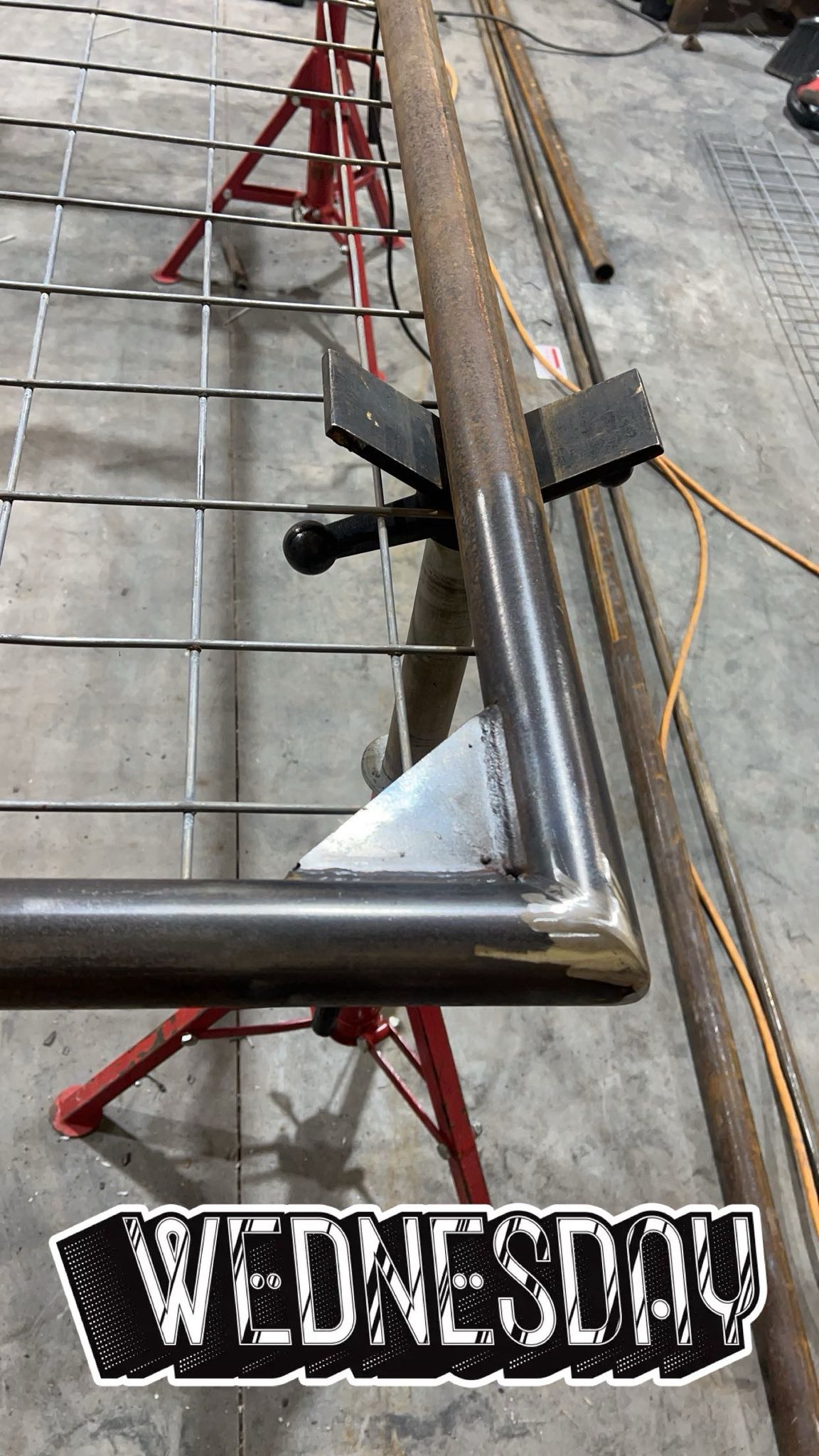
Understanding Different Welding Processes: A Comprehensive Guide Sep 04, 2025
Let's start with one of the most commonly used processes: MIG welding, or Metal Inert Gas welding. This method, also known as Gas Metal Arc Welding (GMAW), involves using a continuous wire feed as an electrode and a shielding gas to protect the weld from contamination. MIG welding is popular due to its speed and ease of use, making it ideal for beginners and suitable for both thin and thick metals. It is frequently used in automotive repair and construction projects.
Next is TIG welding, or Tungsten Inert Gas welding, officially known as Gas Tungsten Arc Welding (GTAW). TIG welding uses a non-consumable tungsten electrode to produce the weld. It provides precision and control, important for projects requiring high-quality welds on thin materials. Industries like aerospace often rely on TIG welding because it offers cleaner and more detailed results, albeit at a slower pace compared to MIG welding. This process is perfect for detailed work and exotic metals like titanium.
Stick welding, another popular process, is officially called Shielded Metal Arc Welding (SMAW). It's one of the oldest and most versatile welding processes, often used for heavy-duty work in construction, repair, and manufacturing. Stick welding operates well outdoors and in windy environments, as it does not require external shielding gas. Its simplicity and flexibility make it an excellent choice for beginners and seasoned welders alike.
One should also consider Flux-cored Arc Welding (FCAW), which is similar to MIG welding but utilizes a wire that has a flux core. This core helps protect the weld by shielding it from atmospheric contaminants, making the process suitable for outdoor applications. FCAW is appreciated in construction and shipbuilding for its high welding speed and ability to handle thicker materials.
Lastly, we cannot overlook Submerged Arc Welding (SAW). This process involves maintaining a continuously-fed electrode under a blanket of flux. Submerged Arc Welding is primarily used in industries that require high production rates, such as shipbuilding and boiler manufacturing. Its main advantage is that it provides deep penetration welds and high-quality finish, though it is generally limited to horizontal and flat positions due to its operational style.
Each welding process has distinct advantages and limitations, influencing their use in various applications. Choosing the right method depends on the material involved, project requirements, and environmental conditions. KV Welding, with years of experience, can guide and implement the best welding solutions tailored to your specific needs.
In conclusion, understanding various welding processes not only enhances decision-making for your projects but also enriches one’s appreciation of this skilled trade. Whether you require precise welds on lightweight materials or robust joins for heavy-duty applications, KV Welding stands ready with expertise and capabilities to execute each task proficiently. By choosing an appropriate welding technique, you ensure the success and longevity of your projects. If you have further questions or need professional welding services, contacting KV Welding would be a step towards seamless project execution.
/filters:no_upscale()/media/d062cc70-7275-4b6c-a0d1-38238c6da296.jpg)